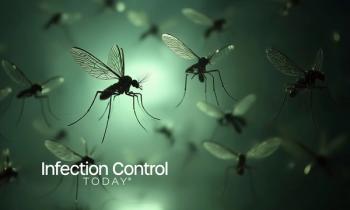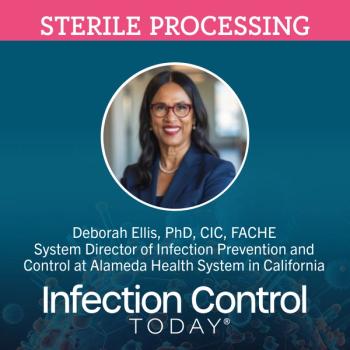
Light, Photosynthesis Help Bacteria Invade Fresh Produce
Exposure to light and possibly photosynthesis itself could be helping disease-causing bacteria to be internalized by lettuce leaves, making them impervious to washing, according to research published in the October issue of the journal Applied and Environmental Microbiology.
Salmonella enterica is a common cause of foodborne gastroenteritis, with an estimated number of 1 to 3 million human cases per year in the United States. Fresh produce is increasingly being implicated as a source of infection. One of the largest foodborne outbreaks in recent history, the Salmonella St. Paul outbreak in 2008 which sickened more than 1,400 people, was associated with tomatoes and jalapeno peppers.
Previous studies of foodborne pathogens on produce have found that the bacteria do not only attach to the surface of fresh produce but find their way below the surface of the skin through pores called stomata where they can hide from and resist washing and food sanitizers.
In the study, researchers from the Agricultural Research Organization at the Volcani Center in Israel and Tel-Aviv University examined the role that light and photosynthesis might play on the ability of salmonella bacteria to infiltrate lettuce leaves via stomata. Sterile iceberg lettuce leaves were exposed to bacteria either in the light, in the dark, or in the dark after 30 minutes of exposure to light. Incubation in the light or preexposure to light resulted in aggregation of bacteria around open stomata and invasion into the inner leaf tissue. In contrast, incubation in the dark resulted in a scattered attachment pattern and very little internalization.
The researchers believe that the increased propensity for internalization in the light may be due to several factors. First, in the absence of light plants enter a period of dormancy, where stomata are closed and no photosynthesis takes place. In the light, the stomata are open. Additional findings also suggest that the bacteria are attracted to the open stomata by the nutrients produced during photosynthesis which are not present in the dark.
"The elucidation of the mechanism by which Salmonella invades intact leaves has important implications for both pre- and postharvest handling of lettuce and probably other leafy vegetables. The capacity to inhibit internalization should limit bacterial colonization to the phylloplane and consequently might enhance the effectiveness of surface sanitizers," say the researchers.
Newsletter
Stay prepared and protected with Infection Control Today's newsletter, delivering essential updates, best practices, and expert insights for infection preventionists.





